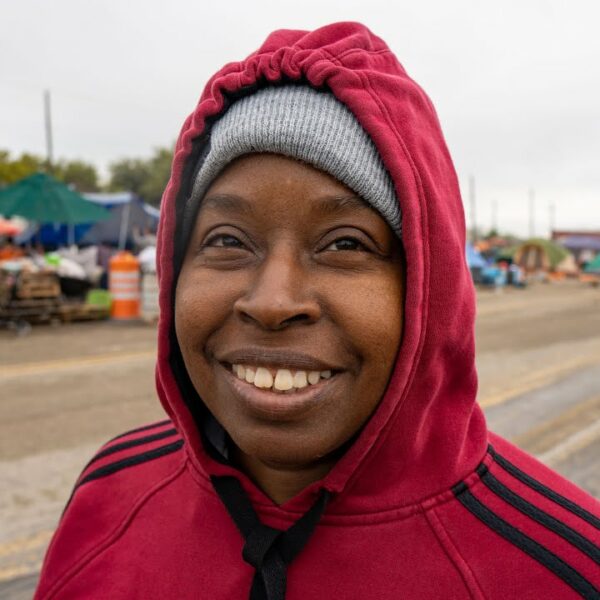Analysis by Housing Alliance Delaware Also Found Significant Increases in Youth and Family Homelessness
Between 2020 and 2021, homelessness in the state of Delaware increased by an astonishing 35%. That number has not even been adjusted to include unsheltered homeless people. The implications of this are massive, highlighting the ever-growing affordable housing crisis and its impact on the state of Delaware.
Delaware is grappling with a multi-tiered crisis that the national response to COVID-19 has significantly exacerbated. Many of Delaware’s major cities are food deserts, meaning that fresh, nutritious fare is scarce and often inaccessible.
In addition to food insecurity, affordable housing is in drastic decline. We are witnessing the after-effects of this unfolding in a short period. A recent report released by Housing Alliance Delaware elaborates on the issue.
Highlights from Housing Alliance Delaware’s 2021 PIT Count Press Release
* Please note: Numbers from this report reflect a count that took place on January 27th of this year (2021). Due to COVID- related constraints, they do not exhibit the number of unsheltered homeless individuals statewide. As such, the increase is even higher than it appears at 35%.
Here is a brief overview of the data the organization was able to obtain:
- The number of people experiencing homelessness in January of 2021 jumped to 1,579 from the 1,165 people who were counted just one year prior in 2020.
- Youth homelessness and family homelessness appear to have skyrocketed, with about 58% of the increase occurring in the under 18 age bracket.
- The increase also disproportionately impacted members of the black/African American community, who now account for 61% of all counted homeless people despite being only 22% of the population. This coincides accurately with figures that suggest that housing disparities among communities of color have dramatically increased over the past year. Here in Delaware, the average African American household is now 8x more likely to be thrust into the horrors of homelessness than households headed by people of European descent.
Possible Causes of the Sudden and Alarming Increase in Homelessness
While difficult to discern with certainty, this perceived jump in homelessness may have existed for years before the pandemic. However, conditions caused by COVID-19 have created a halt in the system that caused families that would have only stayed in shelters for a week or so (and would therefore have not been counted) to stay for prolonged periods of months.
It’s notable to mention that families are only included in point-in-time counts if they stay in a shelter system for more than a month. This raises important questions about whether data on homelessness is being collected in the most accurate way possible.
An even more important question here is this:
Of the families released from the shelter system in previous years, how many of them exited into housing, and how many exited back into homelessness?
In 2017, Delaware’s rapid rehousing program boasted an approximate 78% success rate for transitioning participants into permanent housing. However, about 20% of those success stories featured individuals who would re-enter the homeless community within two years.
Comparatively, 30% of households who exited emergency shelters and transitioned into housing returned to homelessness in that same amount of time. This opens space for more discussion on how national health emergencies might adversely affect much-needed homelessness reduction programs.
Delaware Housing Alliance theorizes that the international health crisis COVID-19 likely negatively impacted the state’s ability to address, prevent, and provide aid in the homeless sector. They also acknowledge the role of the statewide affordable housing shortage, which is already impacting tens of thousands of low-income households in the area.
When asked to weigh in on the subject, noted professor, homeless researcher, and Director of the Center for Community Research & Service Stephen Metraux, Ph.D., gave us the following statement:
“These families that account for the increase are currently staying in hotels and motels that are funded through the state, which on one hand is good because it means these families are getting out of the shelters, but on the other hand, they are staying in the system considerably longer. In other words, if homelessness were a revolving door, what you would ordinarily see is families moving in and out of that door. COVID-19 caused that door to close, backing a lot more people inside and making it that much more difficult for them to get out of homelessness.”
This increase is concerning whether it is the result of the pandemic making it more difficult to provide homeless services or the result of the pandemic exposing a more accurate Point in Time Count.













